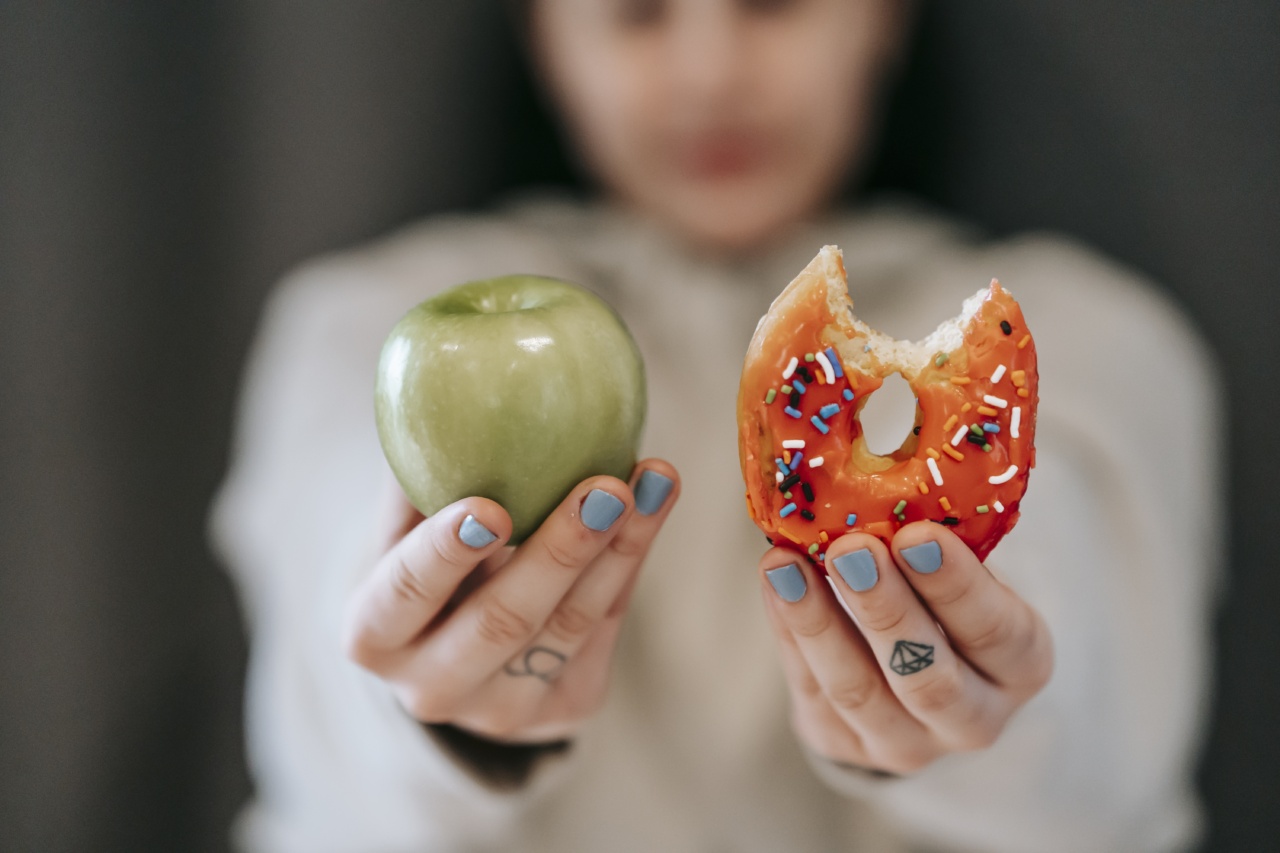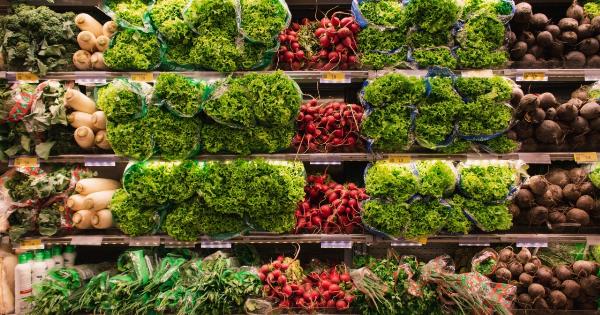When it comes to maintaining a healthy lifestyle, many of us focus on counting calories or reducing fat intake. While these are important factors, another element that often goes unnoticed is the amount of hidden sugars lurking in our diets.
Sugar is added to a wide range of foods and beverages, often under names we may not recognize. In this article, we will explore the hidden sugars in your diet and provide tips on how to identify and reduce your consumption of these sweet culprits.
The Sneaky Names of Hidden Sugars
Food manufacturers are clever when it comes to disguising sugar in their products. To make matters worse, sugar can be listed on ingredient labels under various names. Here are some common names for hidden sugars:.
- High fructose corn syrup
- Dextrose
- Glucose
- Molasses
- Cane sugar
- Sucrose
- Agave nectar
- Fruit juice concentrate
- Corn syrup
- Barley malt syrup
The Impacts of Sugar on Your Health
Consuming excessive amounts of sugar can have detrimental effects on your health. Not only can it contribute to weight gain and obesity, but it is also linked to an increased risk of developing chronic diseases such as:.
- Diabetes
- Heart disease
- High blood pressure
- Non-alcoholic fatty liver disease
- Tooth decay
Furthermore, sugar provides empty calories, meaning it lacks essential nutrients. This can lead to nutritional deficiencies and leave you feeling unsatisfied, leading to overeating and potential weight gain.
Identifying Hidden Sugars
Now that we understand the potential harms of hidden sugars, it is crucial to learn how to identify them in our diets. Here are some tips to help you spot and reduce your sugar intake:.
1. Read Ingredient Labels
Take the time to read ingredient labels before purchasing a product. Look out for the various names of sugar mentioned earlier and beware of products where sugar is listed high up on the ingredient list.
2. Be Wary of Fruit Juices
Fruit juices, even if labeled as “100% juice,” can contain high amounts of sugar. This is because the juicing process removes the fiber from the fruit, leaving behind a concentrated source of natural sugar.
It is better to consume whole fruits, which provide fiber and other essential nutrients.
3. Beware of “Low-Fat” or “Fat-Free” Products
Many low-fat or fat-free products compensate for the removed fat by adding extra sugar for flavor. Always check the label to determine the sugar content of these products before assuming they are healthier choices.
4. Choose Whole Foods
Instead of relying on processed foods, opt for whole foods whenever possible. Whole foods, such as fruits, vegetables, lean proteins, and whole grains, are naturally low in added sugars and provide a wide range of essential nutrients.
5. Limit Sugary Beverages
Soft drinks, energy drinks, and other sugary beverages are a significant source of hidden sugars. Replace these drinks with water, unsweetened tea, or flavored water that contains no added sugars.
6. Reduce Condiment Consumption
Many condiments, such as ketchup, barbecue sauce, and salad dressings, contain high amounts of added sugars. Be mindful of the condiments you use and consider making your own healthier versions at home.
7. Control Your Portions
Even if a product contains hidden sugars, you can still enjoy it in moderation. Controlling your portion sizes can help reduce your overall sugar intake.
8. Cook at Home
Preparing meals at home allows you to have control over the ingredients you use. You can experiment with alternative sweeteners or reduce the amount of sugar in recipes to make healthier versions of your favorite dishes.
9. Seek Support
If you find it challenging to reduce your sugar intake, consider seeking support from a registered dietitian or joining a support group. These resources can provide guidance, accountability, and helpful tips to help you make lasting changes.
10. Be Patient with Yourself
Reducing your sugar intake is a gradual process. Be patient with yourself and celebrate small victories along the way. Every step you take towards reducing hidden sugars in your diet brings you closer to better health.
Conclusion
Unveiling the hidden sugars in your diet is crucial for maintaining a healthy lifestyle.
By being aware of the various names used for sugar and making thoughtful choices about the foods and beverages you consume, you can significantly reduce your sugar intake. Remember, small changes can make a big difference in your overall health and well-being.





























